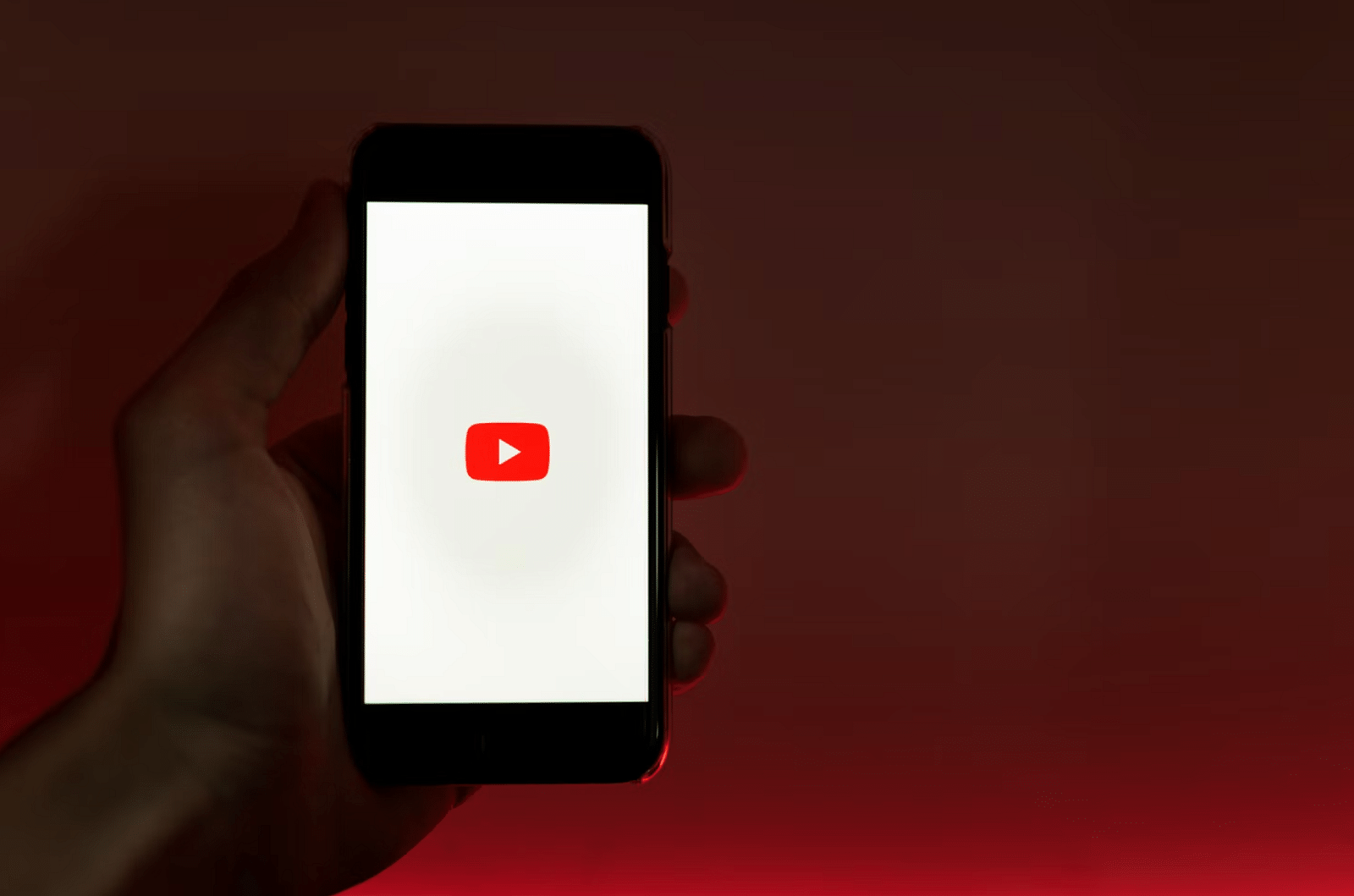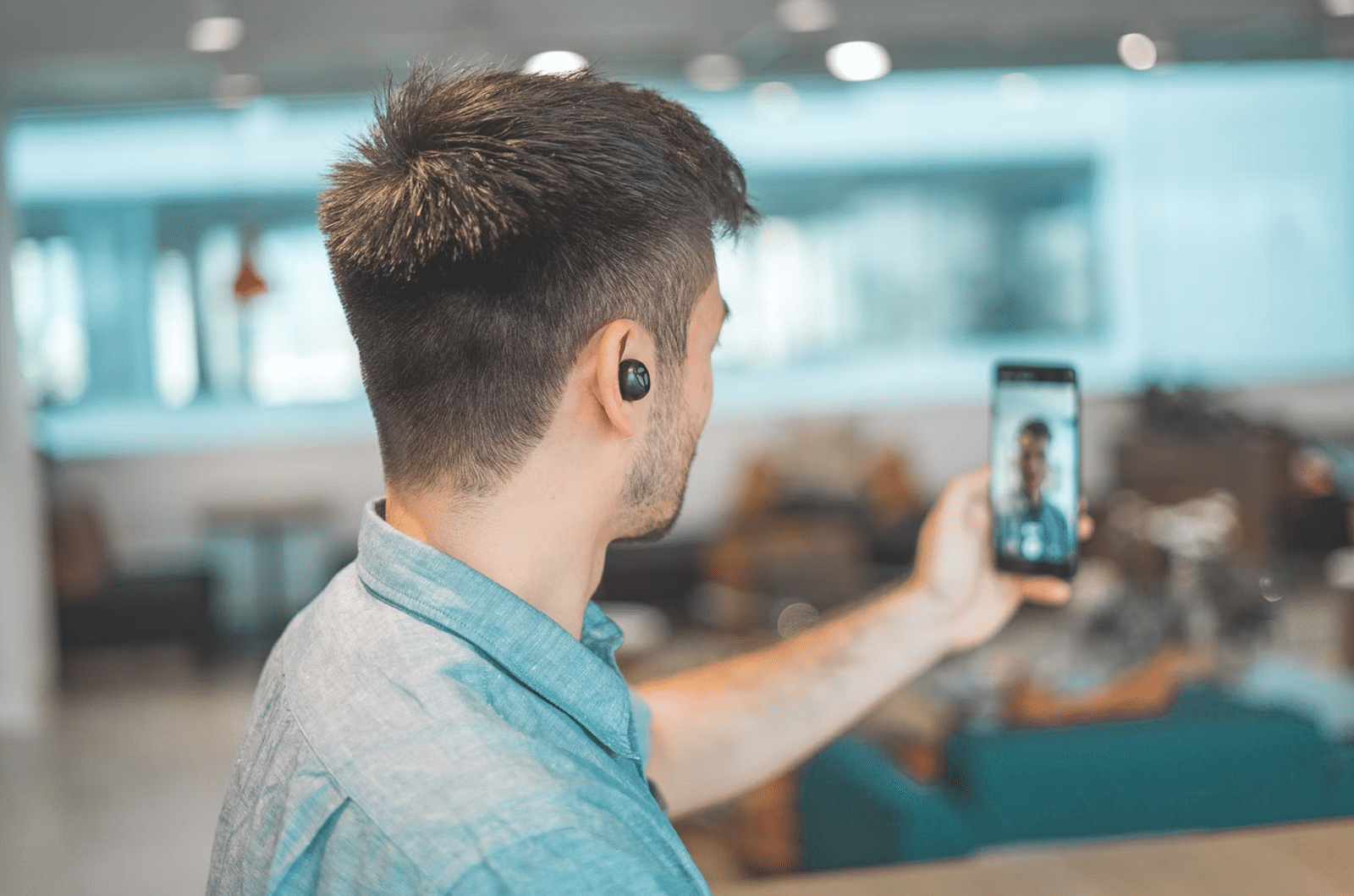Why leverage video content and how to create content funnels that work quickly
By Jim James, Founder EASTWEST PR and Host of The UnNoticed Entrepreneur.
Ryan Helms has a company called Legacy Media and he helps business owners to get noticed using content across multiple platforms. He joined me all the way from Austin, Texas in the new episode of The UnNoticed Entrepreneur to talk about how he does that.
Image from LinkedIn
Strategic Content Creation
Ryan’s company creates what they call content funnels. Whether they’re people who identify themselves as entrepreneurs and business owners or are simply content creators, they often just kind of aimlessly pump out content for the sake of, “Hey, I should be putting out content.”
Legacy Media comes in and says that everything should rather be deliberate. The content that you put out should have a mission and vision and should be helping your business forward if you have a business. Growing your business here could mean just purely growing an audience. It could be ultimately driving people to a product or service.
With their services, they try to strategically create content that supports the mission of your company. It’s done via YouTube, podcasts, social media, blogs, and emails among others. They handle all of that for a wide variety of clients.
Screengrab from Legacy Media
To help clients be focused on what they want to say, Ryan shared that they always start their conversation by knowing the actual goal of the content. For Company A, the goal could be, “I want a million downloads on my podcast.”
After talking about that, he asks a couple more questions to probe. And it typically turns out that a client would either want growth and exposure (i.e. they want more views, downloads, reach) or relationships (i.e. they want to get to know others). For instance, in the case of my podcast, he mentioned that the goal of my podcast could be knowing more about my guest like Ryan and seeing if he’s a good potential client for my business. Or I could be using the podcast to open the door and start a relationship.
These are usually the two goals of Ryan’s clients: to grow a really big audience or develop relationships. These require different strategies for them to come to life and become actual things. And based on what your goal is, Ryan and his team will dig into the strategy.
An Advice for Starters
Many people, including myself, are not sure of what kind of content to create. If a piece of content doesn’t generate results, people tend to get fatigued.
When it comes to thinking about content formats, Ryan said that it really depends on the size of the audience that you have.
If you have a decent-sized audience, he would suggest doing everything — especially if you can (meaning, you have a team and you can afford it). Take note that the bigger your audience is, the more contents like podcasts become more valuable. Podcasts are great but the discoverability through them isn’t fantastic. It can be difficult to grow a podcast from scratch. Getting new subscribers and listeners can be challenging.
In reality, most people don’t have big audiences. Assuming that you have no or a small audience, what Ryan would do is start with short-form content. This means creating YouTube Shorts, Instagram Reels, TikTok videos. If you’re not comfortable doing videos, get comfortable because that’s just the nature of the beast. That’s what you have to do.
He’d start with these three platforms and possibly consider longer-form YouTube videos as well. For Ryan, these are just the biggest opportunities for you to grow an audience the fastest. In today’s context, this is where Ryan would focus if a client doesn’t have a big audience. Then, he’d unpack some strategies around that later on.
Image from Unsplash
Making Video Content
To overcome the anxiety of creating video content (i.e. “I run out of ideas,” “I’m not very photogenic,” “I don’t know how to make videos”), Ryan pointed out that the only one who’s judging you is you. He typically tells clients to get over it because the only one who cares what you look and sound like is really you. Everyone else is just consuming the message.
Thinking that everyone is out there judging you is a bad mindset to have. But if you’re very concerned about it, you can use the old strategy of post and ghost. This means, you post some content and then never go back and look at the comments or anything like that.
What Ryan advises first is to simply record ideas for your content. Look at the potential person that you want to reach. In general, which types of things are they interested in? Literally, you just have to jot down that long idea. If you’re a business owner and you have a product or a service, think about the common questions or challenges that people have.
The great thing about short-form content is you don’t have to have a whole document and outline of what you want to say in a 30-minute video because you’re only creating a 30-second video. All you need is a couple of bullet points. You also don’t need any fancy equipment. Simply pull out your phone, put it in selfie mode, record a video, and talk about the three tips for X or whatever the case may be.
Start with the challenges that your audience and your ideal customer would be having and go from there. You can also try to ride waves of things that are trending; things that are going on in the world.
Before we recorded the podcast, Ryan and I briefly talked about the things going on in Ukraine and how their president is effectively leveraging social media. If you have a social media audience, for instance, and that’s the service that you provide as a business, you may want to do a short video on how he’s effectively using social media to amplify his message about the war. This is an example of riding a trend. You could use hashtags and things like that around that topic to increase your exposure.
The best content for TikTok, Instagram Reels, and YouTube Shorts is 20- to 40-seconds long. This is where you’re going to find the best range of exposure.
Image from Unsplash
How Short-Form Video Content Helped a Philadelphia Lawyer
These short-form contents can be perceived as not very corporate. If you’re trying to build a brand and you’re anxious about respectability and reputation, Ryan said that you shouldn’t worry about it. Believe it or not, everyone is on and using TikTok, Instagram, and YouTube. Anyone that you’d want to reach is on these platforms.
The question that you have to ask yourself is: Do you want to reach your ideal audience? If the answer is yes, then you should say that this type of content is what you need to be doing. You don’t have to be dancing and pointing out little bubbles as you see on YouTube, Instagram, and TikTok. It doesn’t have to be like that.
As an example, Ryan shared how he recently went skiing with a bunch of his entrepreneur buddies. One of them was telling him about his brother who is a lawyer in Philadelphia and has several million followers on TikTok because he just blew up.
The first video he recorded was about a big lawsuit about schools searching kids’ backpacks and he talked about whether it’s legal or not. Talking about picking the right type of content, this shows how that lawyer rode a trend and created several videos on Tiktok around it. And he was creating it for the younger demographic (Ryan’s not saying that there are only younger people on TikTok. He’s sure that parents also ate up the lawyer’s content as well).
That first video had several views and it catapulted his channel. Now, he’s creating short-form content for Instagram Reels, TikTok, and YouTube Shorts every single day and it’s growing his law firm exponentially. He’s getting all these inbound leads to the point that he actually can’t support all these leads. What he does is sell all these leads that he gets to other locals.
Indeed, you’re missing the boat if you don’t think that short-form content can support your business.
However, this doesn’t much apply on LinkedIn. LinkedIn doesn’t have the short-form content type that at least gets the reach that these other three platforms have. LinkedIn used to have a Stories feature like Instagram Stories but they took that down a few months back.
So for Ryan, the three aforementioned platforms are the main ones where you can get some real reach to a bigger audience.
Knowing What Works and What Doesn’t
How do Ryan and his company help clients understand what works and what doesn't; what to do more and what to do less of? According to him, there are a couple of things that you should look at.
Image from Unsplash
If you are creating podcast content, the number one thing that you should do once you log into the backend of your podcast’s platform (for instance, www.podcastsconnect.apple.com) is to look at each one of your episodes and see the average completion rate.
In his opinion, this is the only real metric in podcasting that matters because it tells you a lot of things. It tells you how much of an episode people are getting through. With that, you can say that your podcast is too long because people drop off halfway through. With that, you can also weigh in on your solo content and guest interviews. Do they perform differently? Should you do more or less of one of them?
You can start all these different decisions based on a single data point. This is why for him, it’s the most important metric that he looks at on his own podcast and his clients’.
It’s a great metric to keep your eye on because you can make good decisions with your content. You’re using data to make decisions and not just based on your gut feelings like, “Oh, I don’t think these interviews are going well.” It could be that the audience loves them but you’re just not enjoying them. You need to make a decision: Do you want to just suck it up or change the format of your show?
When doing a podcast, there are different metrics that increase discoverability on all the different platforms. You’ve probably heard people saying, “I want my podcast in the New and Noteworthy section” or “I want to be a ranked podcast in Apple Podcasts.” There are three things that impact that: new subscribers, total listen time, and average consumption. The metric that Ryan discussed that you need to keep an eye on is the third one; it’s one that matters in the podcast algorithm.
When it comes to YouTube, Ryan shared that what he does at the YouTube Studio (which is the analytics side of the platform) is to click on the “Reach” tab, scroll down to the bottom right, and look at the funnel there. In the wide part at the top, you’ll see a little metric called “Percentage of your content recommended by Youtube.”
In this platform, the only way that you can grow is if YouTube is actually promoting your content. You can have the best content in the whole wide world but if YouTube doesn’t choose to show your content, you won’t be seen by anyone. You need to make sure that you’re creating content that YouTube likes. And the said metric is the one that Ryan is always keeping his eye on. In general, anything above 30% is good.
Recently, he had a call with a client and that client’s channel is at 75%. This means that 75% of the views that they get are coming from a cold audience that YouTube is putting them in front of. This is how you know that you’re doing something really good — through this metric and this metric alone.
How do they help clients do that? Ryan shared that you need to focus on the first 30 seconds of your video because YouTube looks at that. If you can get somebody to stay more than 30 seconds, you have a very interesting topic and it has a higher likelihood for people to carry on further through the video. The first 30-second drop-off rate is very important.
Then, just like on podcasts, the average consumption is significant as well. The last thing that he recommends keeping your eye on is your click-through rate. This is the percentage of people who do click on your thumbnail out of all those people who are shown with your thumbnail.
Creating Content-Specific Offers
To build a content funnel for businesses, Ryan mentioned that the key here is to create and manufacture an attribution point. If you’re a business owner and you’re creating content, the chances that this thought is running through your head are pretty high: “Yes, I’m spending a lot of time and money creating content, but I have no idea if it’s working or not.”
Image from Unsplash
What you have to do is to manufacture that attribution point, which is easier on things like social media and Youtube (but very difficult on a podcast). What Ryan and company do is create what they call “content-specific offers.”
This is exactly like it sounds. It is something that could be a product, service, a lead magnet or however you want to think about it — something that someone would have to opt into or buy (Ryan would recommend it being free instead of paid). And this something has to be offered nowhere else in your business. They shouldn’t find it on your main site. It’s not a pop-up. It’s not anything like that. The only place where this something’s URL is talked about is in your content — whether it’s on YouTube, on your podcast, or on social media.
Doing this is also a way to know if you have active engagement in these platforms. For instance, if you have a URL that’s only talked about on your podcast and this month, for example, you got 10 opt-ins via that link — then it means that people are listening. And they’re not only going to the page, they’re so interested that they’re opting in.
It’s a good data point because you’re not only getting downloads for your podcast — it shows that these people actually engage and that these people are the right people. These content-specific offers are what you need to be practising.
This works for any industry, for everyone. It doesn’t matter if you’re a pharmaceutical company or selling some affiliate marketing course or whatever it might be. It works for anything.
The real question and challenge here are crafting something that’s truly interesting to your audience. This goes back to the basic marketing principle: Is your marketing message too wide or do you have a good target niche that you’re going after? If the answer is the former and you’re trying to target everybody, it’s going to be really hard to craft a content-specific offer or any offer that’s actually interesting to the people you’re trying to talk to — which is everyone.
The more niche you are, the better this is going to be able to work. And this doesn’t have to be anything fancy.
For instance, Ryan has a client who helps stay-at-home moms between the ages of 40 and 55. She helps them start e-commerce stores. What his company did with her is what the client calls a manifesto. It’s kind of a motto that her audience lives by. They turned that into downloadable desktop and phone wallpapers — and this is her content-specific offer.
In the intro of her podcast, she has a spiel that goes like, “Hey, if you want X, go to this URL.” The only place where she talks about that URL is on the podcast and this converts to around 74%, which is really high for someone not familiar with landing page conversions.
This goes to show that if you have the right offer that they can’t get from anyone and anywhere else, it’s a great attribution point.
To learn more about Legacy Media, check out www.legacypodcasting.com (they got their start in the podcasting space). You can also follow Ryan on Instagram and see him practise what he preaches.
This article is based on a transcript from my podcast The UnNoticed Entrepreneur, you can listen here.
Cover image by NordWood Themes on Unsplash







